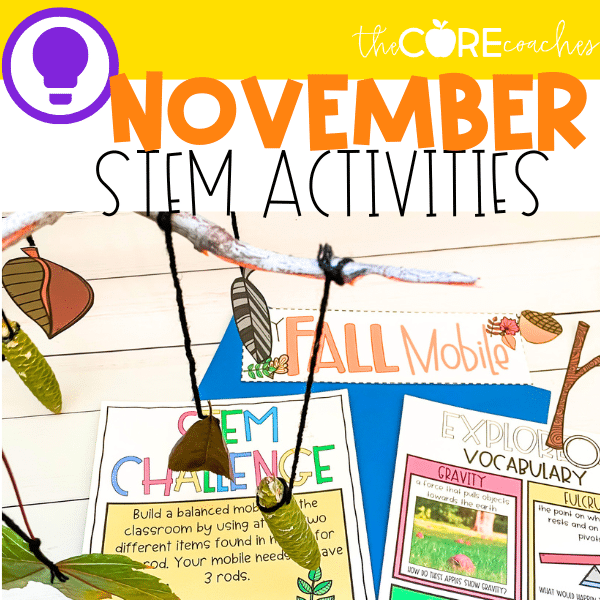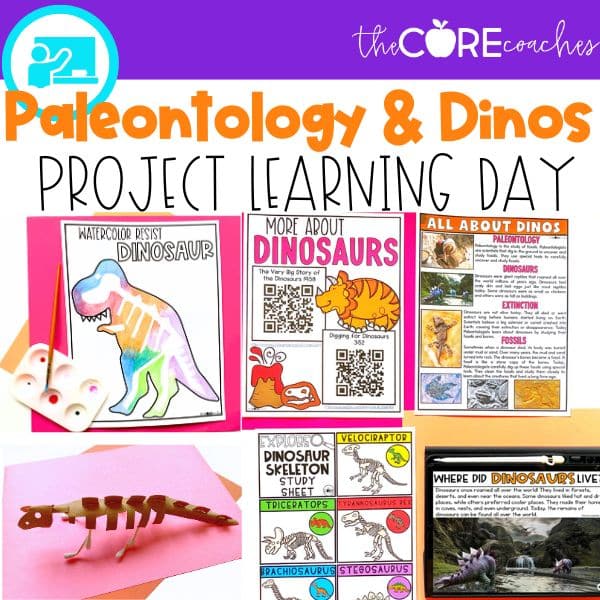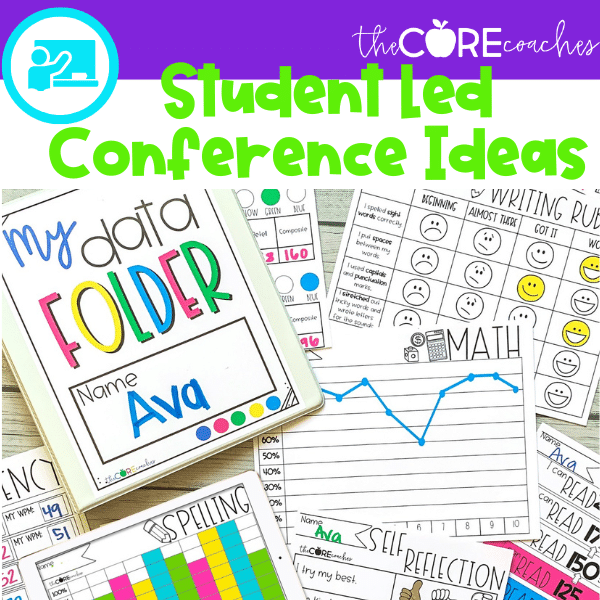One of the exciting things about being an elementary teacher is the opportunity to teach kids about several different topics. From reading to science and social studies to math, you are the expert!
While this can be an exciting part of the job it can also be a big task. Not only do you have to further your education in these different content areas but you also have to plan lessons for various topics.
Luckily for you, we have TONS of ready to teach resources in all subject areas! Today, we are going to share with you one of our favorite calendar math activities for elementary students to help you get a jump on planning your next math lesson.
Daily Math Practice
Just like students need to be reading and writing every day to build literacy skills they also need to be practicing math every day. This is why daily math practice is essential for any elementary school classroom, from kindergarten through 6th grade.
Depending on how much you personally enjoy math this could be an exciting thing to teach or it could feel like a struggle. Whether math is personally your favorite subject or the one you really struggle to embrace there are several exciting ways to help your students practice math on a daily basis.
One way that is especially fun for daily practice is calendar math. Calendar math activities are one of the most effective ways to engage students in daily practice because it applies to a real life situation.
Yes, other math activities are also relevant in the real world. However, when young learners are first developing their math skills it can be difficult to see the real world application when doing basic math problems on paper. Therefore, we recommend including calendar math practice in your classroom.
What is Calendar Math?
If you are new to calendar math as a teacher, let us introduce you to some of the benefits. This will help you to better understand how to incorporate it into your classroom.
Using calendar math in the elementary classroom isn’t just about marking off days on a schedule – it’s a dynamic educational tool that offers a multitude of benefits.
Beyond helping students track time, calendar math helps kids build essential skills such as critical thinking, pattern recognition, and numerical reasoning.
Students build these skills by engaging with days, weeks, and months in a hands-on and interactive manner. As mentioned earlier, this helps students develop a deeper understanding of how math concepts look in the real world.
The benefits of calendar bath go beyond the real world application though. This type of math also nurtures a sense of organization and time management. Therefore, helping students build skills that transfer across curriculums and even into their personal lives.
Moreover, these math activities encourage active participation and collaborative learning which further support building a classroom community. Not to mention, when students succeed at completing the various activities they will have a sense of accomplishment that can help boost students’ confidence and enthusiasm for math.
Calendar Math Printable Lesson Plan
Now that you are more familiar with what calendar math is, let us show you exactly how we use it in the classroom with our Calendar Math Printable Daily Calendar.
This printable resource includes everything you need to incorporate math into your classroom on a daily basis using the calendar. Moreover, it encompasses all the benefits of calendar math that we described above.
It helps students develop a better understanding of numbers, counting, patterns, time, and other mathematical concepts through an everyday life concept. Another benefit of this resource is that as students learn the calendar routine it helps build a new learning routine with your students
Did we also mention it is ready to teach?! All you need to do is print out the materials!
Here is a peek into all the amazing resources that are ready to go in this printable calendar math resource.
- Blank Month Calendars with Holidays and School Events
- Place Value
- Today’s Number- expanded form, number word, even/odd
- Ten Frames
- Tally Marks
- Hundred’s Chart (and 120 chart)
- Today’s Weather
- Monthly Weather Graphing
- Counting Money
- Lost Teeth Tally
- Fact Families & Related Facts
- Telling Time
- Shape of the Day
- Making 10
- Skip Counting
- Missing Number
- Missing Addend
- Sum and Difference Practice
- Comparing Numbers
- Patterns
- Feelings
- Affirmations
Have you moved into a digital classroom? We love that and to show our support we have a Digital Calendar Math resource too!
Digital Calendar Math Resource
As you can see below, this digital math resource includes the same activities as the printable version. However, they are implemented using Google Slides, PowerPoint, EASEL by TPT or Lumio.
- Blank Month Calendars with Holidays and School Events
- Place Value
- Ten Frames
- Tally Marks
- Hundred’s Chart (and 120 chart)
- Today’s Weather
- Monthly Weather Graphing
- Today’s Number- expanded form, number word, even/odd
- Counting Money
- Lost Teeth Tally
- Fact Families & Related Facts
- Telling Time
- Shape of the Day
- Making 10
- Skip Counting
- Missing Number
- Missing Addend
- Sum and Difference Practice
- Comparing Numbers
- Patterns
- Feelings
- Affirmations
Spiral Review Math
Whether you choose to include calendar math into your curriculum through digital resources or printables your students will have access to all of the amazing benefits of this math practice. In addition to the benefits we shared earlier, this type of math is also excellent for spiral math review.
In the elementary classroom, spiral math review is a powerful teaching strategy that ensures students stay connected to previously learned material while tackling new challenges. Unlike a linear approach that moves strictly from one topic to another, the spiral method intertwines various concepts, creating a dynamic tapestry of knowledge. This approach allows students to frequently revisit skills they learned earlier in the school year.
Spiral math review not only strengthens problem-solving abilities but also nurtures a growth mindset, teaching students that learning is an ongoing process, and every step forward is a part of an exciting mathematical adventure.
While all math concepts can be taught using the spiral review method, calendar math is one of the easiest. Therefore, another reason we love including this practice in the elementary classroom.





